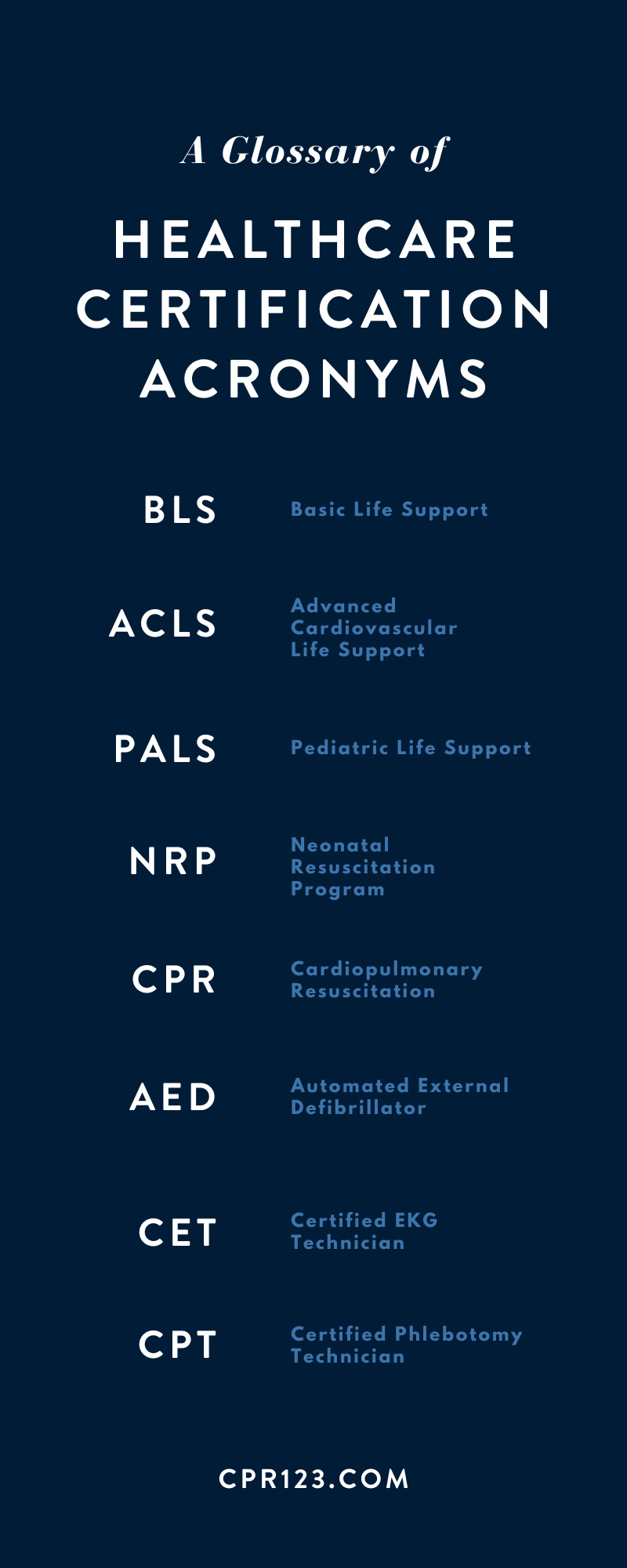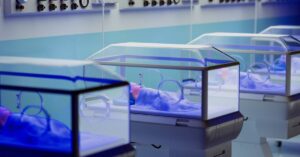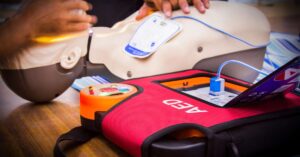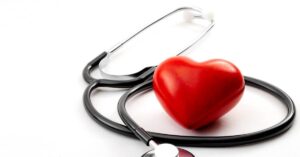Healthcare certifications are a requirement depending on someone’s area of expertise and where they work in the medical field. Some certifications are general and open to the public to earn, while others are more specific and have certain professional requirements. As with much of the medical field, the proper names of certifications are long, making them difficult to write down for nurses and doctors when taking notes. So, they use acronyms instead—making their daily processes more efficient. The following glossary of healthcare certification acronyms helps explain some of the most common ones you might see.
Certification Required for All Medical Personnel
The BLS certification is one healthcare qualification that medical personnel must have and keep up to date with. Let’s examine what this acronym means.
BLS
Basic Life Support (BLS) is necessary for every medical worker to be ready to perform CPR, use an AED, and relieve obstructed airways. Those trained in BLS can help if someone is experiencing cardiac arrest, respiratory distress, or choking. Here’s what those with a BLS certification can perform:
- Cardiopulmonary resuscitation (CPR and all that it involves)
- Choking relief
- AED operation
- Opioid overdose recognition
- Cardiac arrest recognition
- Rapid assessment
Every medical professional must have this certification, but non-medical workers can also receive training. Some fields may choose to require the BLS certificate for added safety. Those job titles can include the following:
- Firefighter
- Police officer
- Childcare provider
- Educator
Furthering Cardiovascular Life Support Training
BLS is the only certification that the medical industry requires of all who work in the medical field, no matter their position. Further certification is necessary for some specialties, and some states require it for medical personnel without a specialty. NRP, PALS, and ACLS are the three most common certifications in this category. Let’s begin with ACLS.
ACLS
Advanced Cardiovascular Life Support (ACLS) is a requirement that goes further than BLS. It takes everything that you know about BLS and allows those with training to also do the following:
- Emergency intubation
- Ventricular fibrillation (on ECG) recognition
- Pulseless ventricular tachycardia (on ECG) recognition
- Cardiac arrest recognition before it begins
- Stroke management
Nurses, physicians, emergency room staff, paramedics, intensive care units, and others working in critical condition hospital areas usually go through ACLS training.
PALS
You can deliver life support to infants and children once you receive your PALS (Pediatric Life Support) certification. It covers the following and is essential to those working in any field that supports critically ill pediatric patients:
- Pediatric cardiac emergency or respiratory distress recognition and management
- Shock symptom recognition
- Shock treatment
- Use of advanced life support equipment
- Use of advanced life support medication
The Pals certification is an excellent way to improve a medical resume and gain unique employment opportunities.
NRP
The Neonatal Resuscitation Program (NRP) trains individuals to provide resuscitation specifically to newborns. It’s like PALS but digs deeper into newborn emergencies and care at delivery and shortly after since newborns are so fragile and require special care.
Anyone in the healthcare field is welcome to receive their NRP certification; however, only those working in labor and delivery and caring for newborns have the requirement.
Certifications for Those Not in the Medical Field
You don’t have to be in the medical field to help save lives. CPR and AED are two certifications that anyone can receive once they pass their training. Let’s look at what those certifications entail:
CPR
Cardiopulmonary Resuscitation (CPR) may be the most recognizable healthcare acronym for everyone, including those who are in the medical field and other industries. That’s likely because anyone who passes training can receive their CPR certification. Here’s what you learn when you take a CPR certification course:
- Chest compressions and proper positioning
- Cardiac arrest recognition
- How to use the AED
- How to vary chest compressions by age
Getting your CPR certification can also enhance your resume, as potential employers in the education, sports, childcare, eldercare, and other sectors greatly appreciate its usefulness. And CPR is useful everywhere, even at home.
AED
After earning your AED (Automated External Defibrillator) certification, you can safely help those experiencing cardiac arrest.
The AED is a portable machine that can analyze the heart’s rhythm and deliver a shock to the heart, if necessary, so it starts beating properly again as the patient awaits professional medical attention.
You can locate an AED machine almost anywhere. You’ll often notice them hanging on a wall in airports, on airplanes, in medical facilities, at sports arenas, in playground facilities, and other public locations.
Certifications for Medical Procedures
CET and CPT are two common certifications for simple medical procedures you’ve possibly experienced. Let’s look at both.
CET
The CET (Certified EKG Technician) certification allows you to perform EKGs in medical facilities. An EKG (electrocardiogram) uses small patches that connect the body to a machine that reads the patient’s heart activity. Any doctor may ask for one for a patient, though cardiologists use them the most. Here’s what you can do as a newly certified CET:
- Administer EKGs
- Assist patients with ambulatory (outpatient) monitoring
- Delivery results to the physician
- Transcribe medical notes
- Schedule appointments
CPT
A CPT likely drew your blood for you if you’ve had your blood drawn. CPTs (Certified Phlebotomy Technician) draw blood from patients who receive an order from a doctor to have a transfusion, a blood test, or a voluntary blood draw for a blood donation center.
CPTs usually work in labs, doctor’s offices, and hospitals. They not only learn how to draw blood safely and efficiently but also how to keep patients calm during the procedure.
The medical industry uses hundreds of acronyms to describe anything from equipment to a complex procedure; however, understanding our glossary of healthcare certification acronyms can be especially helpful whether you’re a professional in the medical field or you’re considering pursuing a career in the healthcare industry. Staying on top of your certifications is essential, so you are always ready. At CPR123, we offer AHA certifications for non-healthcare workers and those in the medical field. We make all the courses as convenient as possible so you can receive the training you need. Contact us with any questions and enroll in your first course today!








